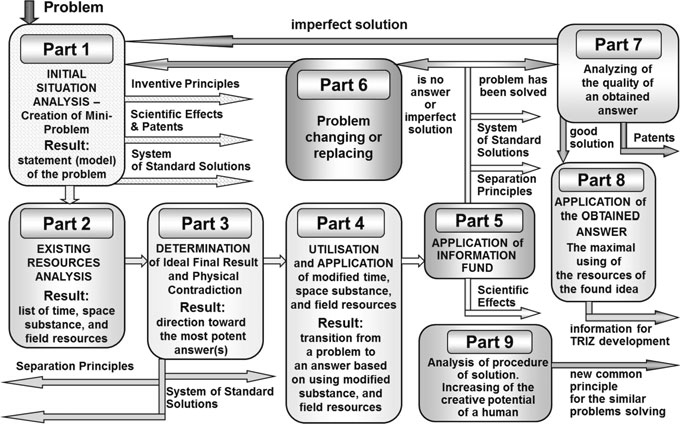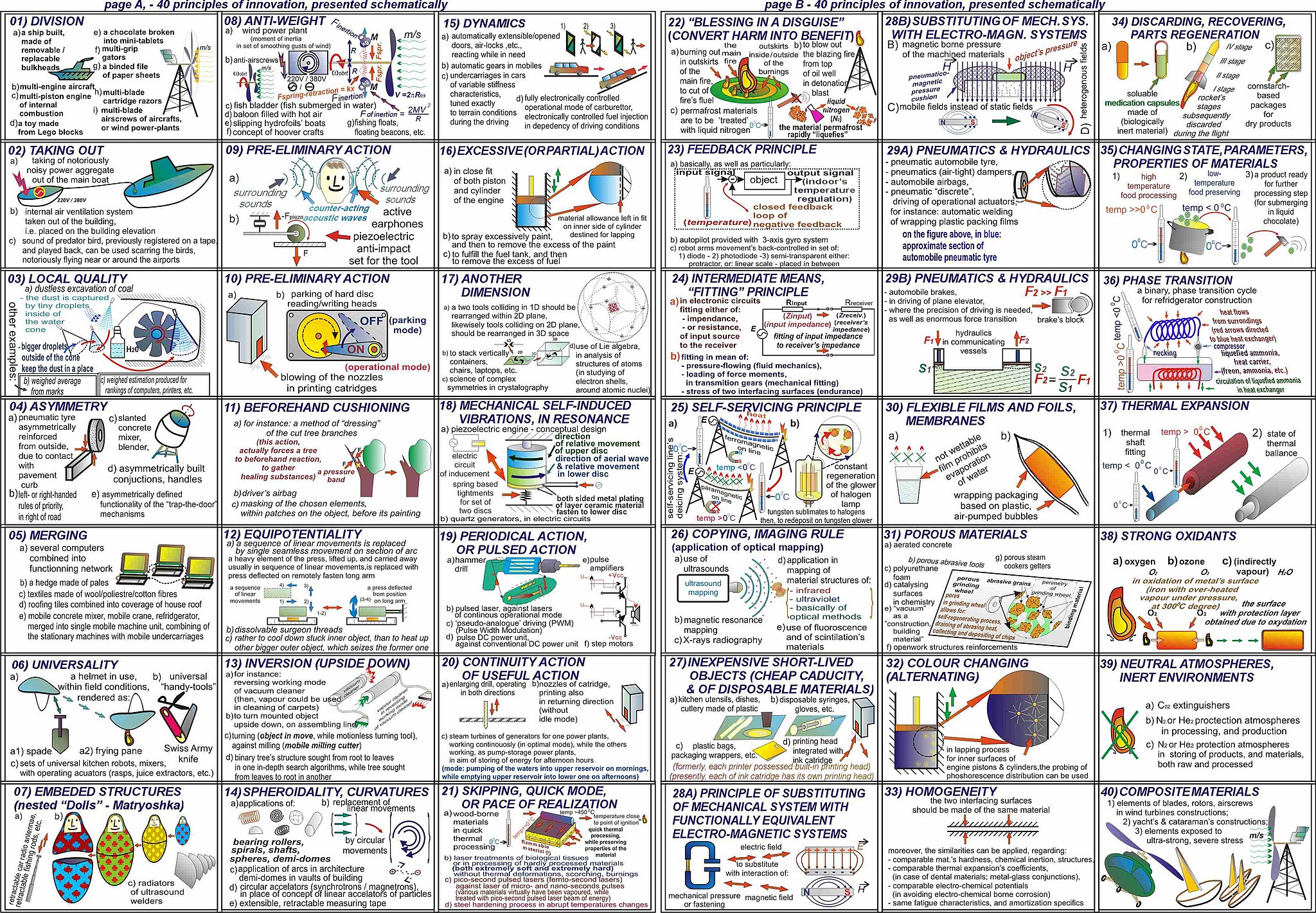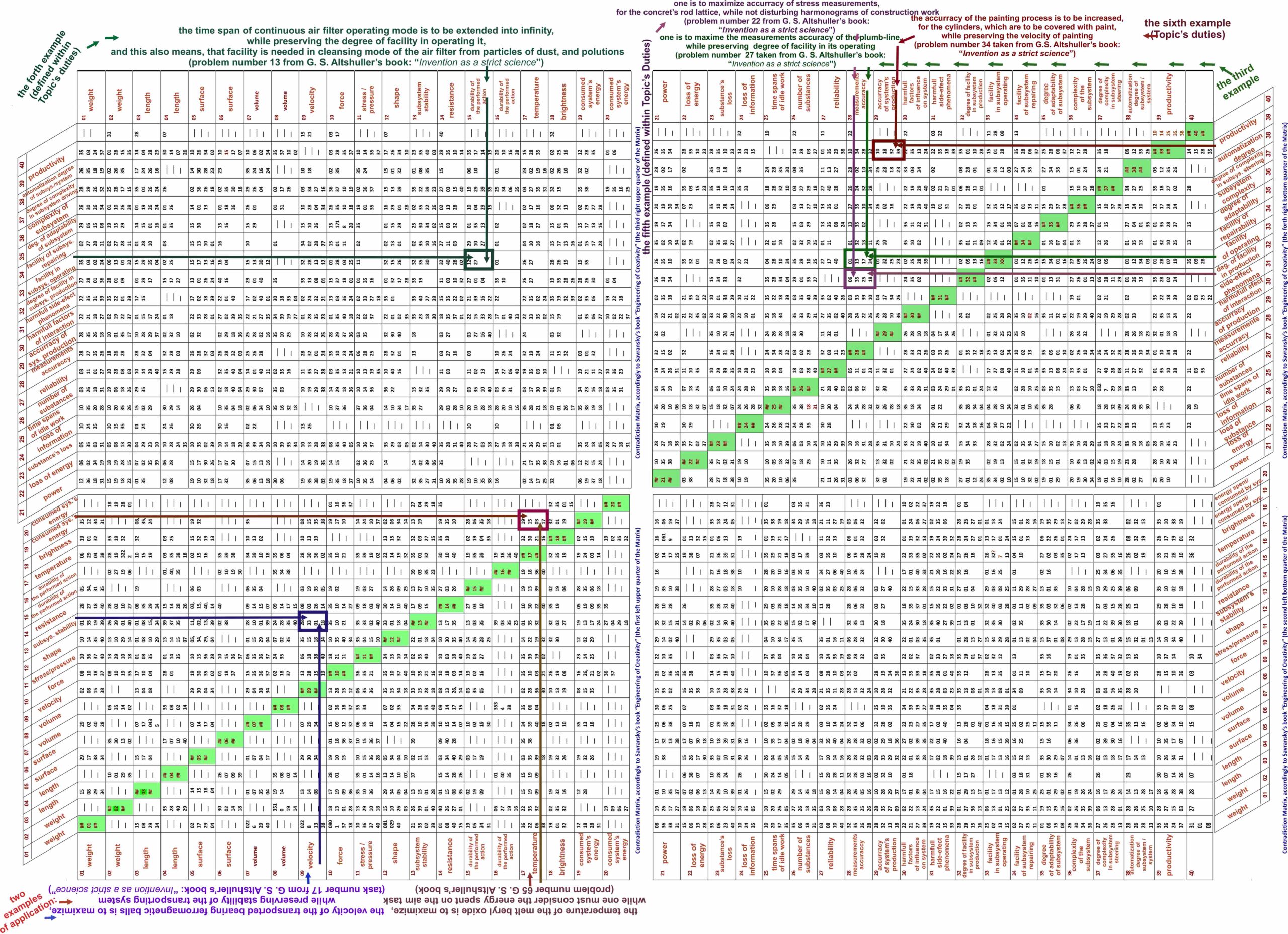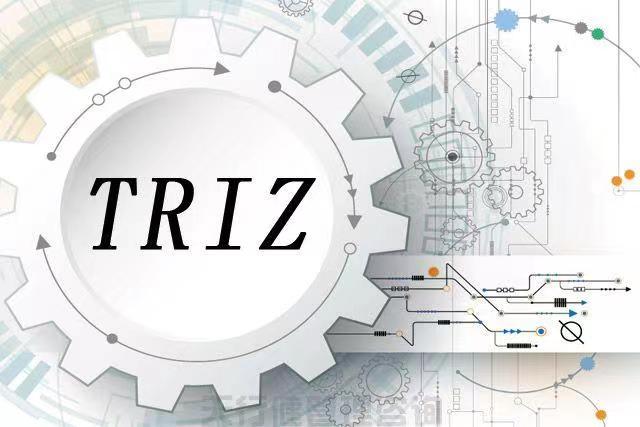Blog
Rat race for ‘happiness’
Recently, came across the ‘Happiness’ cartoon by Steve Cutts (2017). The genius of this art piece is in its blunt message. It makes one see the rat race routine from a side to realize something. Have you wondered, where we all are than much in a rush? For what good (if any good) we run?
How much the rush for happiness is imposed (prescribed) and how much is self-initiated? Can it be both?
Prognosis: Rare Earth Metals (REMs) and Current Situation on European Continent
It is a secret de Polichinelle that the West, AUKUS and particularly the US is in Ukraine after the natural resources and partly to weaken Russia. Not just any resources, but the rare earth metals (REM) in particular. The chase for REMs also explains the failed revolution in Kazakhstan (2021), Finland’s and Sweden’s joining the NATO, active interest in purchase of Greenland, aggressive rhetoric around Canada becoming the 51st state. It is easy to arrive to this conclusion once the connection is drawn around the following dots: advancement of IR4.0 built on digitization and digitalization, interconnectivity, smart automation, development of AI, heavy reliance of modern electronics (smart-phones, -TVs and computers), development of supercomputers, heavy reliance of modern weaponry on REMs (each F-35 take almost half a ton of those), map of distribution of REM and the roaring news add up to the desired picture.
Continue reading “Prognosis: Rare Earth Metals (REMs) and Current Situation on European Continent”
Is Moldova still a failed state (2025 update)?
As a born on the territory of the Republic of Moldova, I naturally tend to follow what is happening in the country. Normally, I refrain from commenting about the political events because find it as interesting as commenting flea racing. Why would I change the habit?
While checking through my old notes and files, I stumbled upon something I wrote in almost ancient 2008. We were assigned to produce an essay arguing why our home country is a failed state for the Political Economy class. It was quite interesting to read it after the passage of time. I am pleased to notice that although I had rather naive perceptions about the potential of better future for the Republic at that time, the background analysis of the problem still remains rather valid.
So, what has changed since?
Continue reading “Is Moldova still a failed state (2025 update)?”
Essay: “Republic of Moldova – Natural Tragedy or Controlled Disaster” (2008)
PDF version: Diduc Alexandru – Political Economy, Moldova
Alexandru Diduc
April 22, 2008
Moldova – Natural Tragedy or Controlled Disaster
4052 words
Abstract
This essay will focus on the reason for the instability in Moldovan economy and the failing state the Republic of Moldova is. The central idea of the paper is that the causes for the controlled disaster in the country are not only internal but mostly they are of the external origin. The internal causes are the mostly agrarian economy and the transnistrian conflict. The external causes are the incompatible geopolitical and geo-economical interest of the EU and Russia. Transnistrian region and Moldova is used in this game as a small change and a tool of control. The change in the wellbeing of the united Moldova is expected to come with the settlement of the conflict and dynamic implementations of reforms.
—
Introduction
Moldova is widely famous for its wines, its poverty and 4,163 km² of uncontrolled territory on the left bank of the Dniester River. It is a matter of fact that Moldova is a failed state and a weak functioning economy. These are just consequences of the more complicated processes that influence the outcome. The Republic of Moldova (RM) is just a small card played on the table in the geopolitical game of the superpowers in the region. Unmatched geopolitical and geo-economic interests of pragmatic and contradicting Russia and EU and of ambitious Moldova are the main reason for the failed state and poor economy as Moldova is now. But the change is expected to come in 2009 and the following years with the settlement of the Transnistrian conflict and the energetic implementation of the reforms.
My assumption is that there are no any inner parties interested in fueling the instability in the state between Moldova and Transnistria, and which stand behind the weak economy. Thus, there should be any external forces, Russia and EU, which directly or indirectly influence the present situation in the economy and state. Moldova is a peaceful nation and the nation that highly values stability, predictability and wealth. Moldovan people like to work and enjoy the times of economic and political stability more than anything else. Moldovans have low but firm expectations of stability, which they pursue either through the migration or short term employment abroad. But mostly these are the short-term solutions and in the good times the population is going to return. Thus, the resolution of the Transnistrian conflict and dynamic economic reforms along with the EU integration will bring the prosperity and positive change in this region.
Continue reading “Essay: “Republic of Moldova – Natural Tragedy or Controlled Disaster” (2008)”
On the Danger of Habit

The life of a philistine is as prosaic as the life of the sheep from the old Georgian parable:
“the sheep spent its whole life fearing wolves, but in the end, it was the shepherd who ate it.”
Often, danger does not come from circumstances beyond one’s control, nor from people who pose an obvious threat, but from those who constitute the ordinary course of life and, due to their familiarity, are perceived as normal, as natural.
Who is the shepherd in this proverb?
The shepherd is the one who “feeds”, who influences daily routines, who defines the world and one’s perception of it. With their care and boundaries, they protect but also limit possibilities. Perhaps in the wild, such a sheep would not live long, but how different its life would certainly be compared to the routine of “field-pasture-field.” Would the sheep be as “useful” in freedom as it is within the confines of the flock? That is an interesting question, worthy of an answer. And something tells me that the answer depends on the perspective from which it is given—that of the shepherd, the sheep, or the wolf.
Do other people irritate you?
“For every person, their neighbor is a mirror from which their own vices look back at them. But a person acts like a dog that barks at the mirror, thinking it sees not itself but another dog.” — Arthur Schopenhauer

«Для каждого человека ближний — зеркало, из которого смотрят нанего его собственные пороки. Но человек поступает при этом как собака, которая лает на зеркало, предполагая, что видит там не себя, а другую собаку». А. Шопенгауэр
Steps of the algorithm for inventive problem-solving, ARIZ
Key principles and the toolset discussed in the introduction to TRIZ find their structural expression in ARIZ. ARIZ is a 9-step process, which is based on the laws of technical system evolution. The abbreviated name, ARIZ, comes from a transliteration of the name in Russian, Algoritm Resheniya Izobretatel’skikh Zadach. Unlike conventional problem-solving methods, ARIZ targets inventive solutions that break through typical constraints, leading to solutions that may not be obvious through traditional trial-and-error approaches. Its purpose is analysis and resolution of inventive challenges. It is the core tool of the TRIZ, and provides a structured and systematic approach to innovation in the field of mechanical engineering. The first mentioning of ARIZ dates back to the first edition of the book “Invention algorithm” by G. Altshuller published in 1969 by the “Moscow worker” although the first version dates back to 1956 (Bukhman, 2021, p. 385). After that the further iterations of ARIZ were indexed by the year of publication, e.g. ARIZ-68, ARIZ-71, ARIZ-82 (Altshuller, 2011, pp. 158, 221). The latest iteration of the algorithm is ARIZ-85C, which adds to the year index and the iteration version (Altshuller, 2011, pp. 237–274).
The ARIZ-85C algorithm consists of nine detailed steps, each building upon the previous one to move from problem definition to solution synthesis (Altshuller, 2011, p. 165). In addition to the conventional steps, we add the Step 0 as the part of the ARIZ-85AS iteration (Savransky, 2000, p. 315). These 0-9 steps are fragmented in smaller steps to add clarity and structure to the workflow. They are namely (Savransky, 2000, p. 315; Altshuller et al., 1989, p. 105):
- Step 0. Collection of information
- Step 1. Analysis of the task – initial situation;
- Step 2. Analysis of the model of the task – existing resources;
- Step 3. Identification of the Ideal Final Result and physical contradictions;
- Step 4. Utilization and application of the S-Field analysis/resources;
- Step 5. Application of the informational fund;
- Step 6. Change and/or replacement of the task;
- Step 7. Analysis of the ways to eliminate the physical contradictions;
- Step 8. Application of the generated answer;
- Step 9. Analysis of the solution flow.
Over the years, the algorithm has developed from a set of 4 steps in its early version into a complete algorithm of 9-steps which are split into 40 sub-steps and 3 phases (Acker, Braesch, Dumangin, Lauth, Essaid, & Cavallucci, 2020, p. 145). Schematically, the basic workflow using all TRIZ elements is presented on the image below. If you find it complex and overwhelming, it is. If you find it hectic, watch your team trying to innovate without any “hectic” structure. So, the first step is collection of the required information and definition of the initial situation, creation of the mini-problem. The workflow can be both linear sequentially following the procedure from step 1 to 9 or, once the problem is defined, take any other pattern as long as it leads to a solution.

Continue reading “Steps of the algorithm for inventive problem-solving, ARIZ”
40 principles for innovation
40 inventive principles are a selection of conceptual solutions to technical and physical contradictions (Savransky, 2000, pp. 204–221; Altshuller et al., 1989, pp. 285–292). These principles are used together with the contradiction matrix for a solution search (see the matrix at the bottom of the post).
A brief introduction about the origin of TRIZ and these principles as a part of the story can help seeing it as a part of a bigger picture. In short, the observation of most common inventive solutions has helped structuring those solutions in a form of 40 standard inventive principles of TRIZ. In order to be able to use them, one needs to define the technical contradiction pairs. Once the pairs are defined, the TRIZ contradiction matrix presented in below helps finding the proposed solution path. The contradiction matrix is available in free access online (for example, SolidCreativity, 2024b; Hipple, 2012, p. 193) with explanations how the principles work (for instance, Hipple, 2012, pp. 105–112).

Here, I also list the 40 inventive principles with their brief of concept (Bukhman, 2021, pp. 93–123; Savransky, 2000, pp. 251–266):
1. Segmentation: Breaking a system into smaller parts to make it simpler and more manageable.
2. Taking Out: Removing a component or a feature to simplify the system.
3. Local Quality: Improving the quality of a specific part of a system to achieve overall improvement.
4. Asymmetry: Creating an asymmetrical design to resolve conflicts and improve performance.
5. Merging: Combining two or more components or functions into one.
6. Universality: Designing a system to perform multiple functions.
7. Nesting (nested doll): Embedding one component or system within another.
8. Counterweight: Balancing opposing forces in a system to reduce stress and increase stability.
9. Preliminary Action: Preparing for a future action to make it easier and more effective.
10. Beforehand Cushioning: Anticipating and protecting against future stress, shocks or impacts.
11. Equipotentiality: Designing a system to perform equally well under different conditions.
12. Inversion: Reversing the direction of an action to solve a problem.
13. Rolling: Replacing sliding or linear motion with rolling motion to reduce friction and wear.
14. Partial or Excessive Actions: Using partial or excessive actions to overcome limitations.
15. Another Dimension: Adding another dimension to a system to improve its performance.
16. Parameter Changes: Changing the parameters of a system, such as temperature, pressure, or frequency, to solve a problem.
17. Dynamics: Making a system dynamic to improve its performance and efficiency.
18. Coming and Going: Alternating the direction of an action to solve a problem.
19. Feedback: Using feedback to control and optimize the performance of a system.
20. Intermediary: Using an intermediary component or process to improve the performance of a system.
21. Self-Service: Designing a system to perform tasks automatically without human intervention.
22. Copying: Replicating an effective solution to solve a similar problem.
23. Composites: Combining different materials or components to achieve desired properties.
24. Distribution: Distributing a function or load over multiple components to reduce stress and improve performance.
25. Repair: Designing a system to be easily repairable.
26. Improvised Means: Using improvised or makeshift means to solve a problem temporarily.
27. Artificial Materials and Objects: Creating artificial materials and objects with desired properties.
28. Transformations: Transforming one substance into another to solve a problem.
29. Orthogonal Arrangement: Aligning components or systems at 90-degree angles to improve stability and performance.
30. Phase Transitions: Using phase transitions, such as melting or vaporization, to solve a problem.
31. Weaknesses, Balls and Reinforcements: Strengthening weak points in a system to improve its performance.
32. Interaction with the Environment: Using the environment to improve the performance of a system.
33. Self-Similarity: Creating self-similar patterns to simplify the system and improve performance.
34. Spheroidality: Using spherical shapes to improve the stability and performance of a system.
35. Structural Changes: Making structural changes to a system to improve its performance.
36. Piezoelectric Effect: Using the piezoelectric effect, the conversion of mechanical stress to electrical energy, to solve a problem.
37. Phase Conjugation: Using phase conjugation, the reversal of the phase of a wave, to improve the performance of a system.
38. Thermal Expansion: Using the expansion and contraction of materials due to changes in temperature to solve a problem.
39. Combination of Effects: Combining multiple effects to achieve desired results.
40. Cortical Subsystems: Creating subsystems with specific functions to improve the performance of a system.

References
Bukhman, I. (2021). Technology for Innovation. How to Create New Systems, Develop Existing Systems and Solve Related Problems. Singapore: Springer Singapore. 527 p.
Hipple, J. (2012). The Ideal Result: What It Is and How to Achieve It. New York, NY: Springer New York, NY. 192 p.
Savransky, S. D. (2000). Engineering of Creativity. Introduction to TRIZ Methodology of Inventive Problem Solving. First edition. Boca Raton, FL: CRC Press. 408 p.
SolidCreativity. (2024). TRIZ Contradictions Matrix [Web Document]. TRIZ 40. Retrieved October 17, 2024, from https://www.triz40.com/aff_Matrix_TRIZ.php
Introduction to the theory of inventive problem-solving (TRIZ)

The Theory of Inventive Problem Solving (Harrington, 2017; Altshuller, 1984, 2011; Gadd, 2011; Savransky, 2000; Altshuller et al., 1989) is a powerful tool for innovation and problem solving with practically limitless applications in the field of mechanical engineering. The abbreviated name, TRIZ, comes from a transliteration of the name in Russian, Teoriya Resheniya Izobretatel’skikh Zadach. The methodology is based on over 40 years of research into patterns and principles of creative thinking and problem solving, and has found successful application in numerous industries and fields. An extensive overview of TRIZ in science was conducted by Chechurin (2016), which gives quite comprehensive understanding of the field to date. One of the observations from the overview is that because of its complexity and versatility, TRIZ is often applied in its reduced version where only some parts are used (Chechurin, 2016, p. 161; Moehrle, 2005, p. 294). Even in its trimmed version, TRIZ acts as a strong instrument that helps finding numerous engineering solutions. Here, we provide rather surficial introduction to the approach. Next, we explore the definition and history of TRIZ, key principles of the methodology, and the main tools and techniques with a special attention paid to the introduction of the ARIZ.
Definition and history of Theory of Inventive Problem Solving
TRIZ is a systematic approach to innovation. The methodology was developed by the Soviet inventor and engineer Genrich Altshuller in the 1940s and 1950s. The approach is based on the idea that every (technical) problem can be solved by using a set of underlying principles, which Altshuller identified through an analysis of forty thousand patents and innovations. The result of the research is a set of tools and techniques that can be used to approach problems in a structured and systematic way, and to generate new ideas and solutions that are both innovative and practical. (Altshuller, 2011, pp. 126–127.)
As a systematic approach to systems, TRIZ builds on relations between the concepts about systems, its functions and ideality of a system. In TRIZ, a system is a number of interconnected elements with properties, which cannot be reduced to the properties of its parts (Altshuller et al., 1989, p. 18). As such, an “airplane” has the property of flying, yet none of its individual parts has it. Since a system is defined in terms of properties/functions, some of them are useful and some of the properties can unexpectedly turn to be harmful (Altshuller et al., 1989, p. 18). The goal is to reduce the harmful properties/functions while improving the useful functions. The degree to which the benefits exceed the costs and harmful effects determines the ideality of a system (Gadd, 2011, pp. 8–9, 429; Altshuller et al., 1989, p. 21).
Key concepts in TRIZ
Continue reading “Introduction to the theory of inventive problem-solving (TRIZ)”